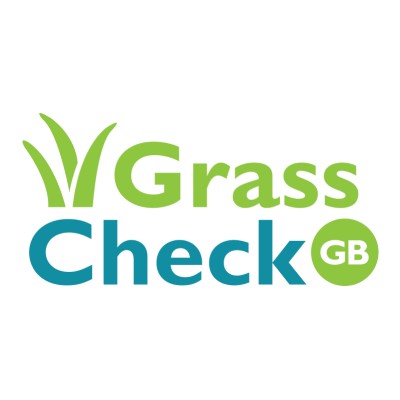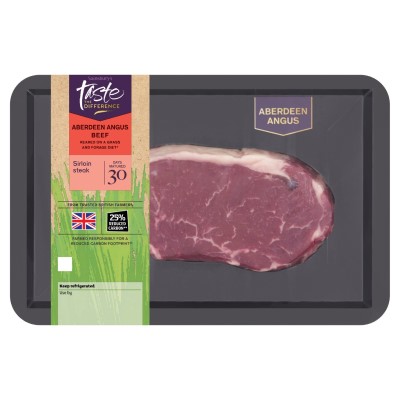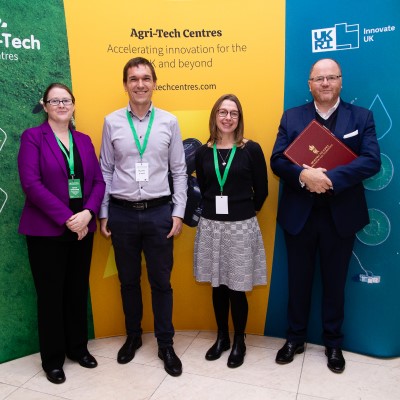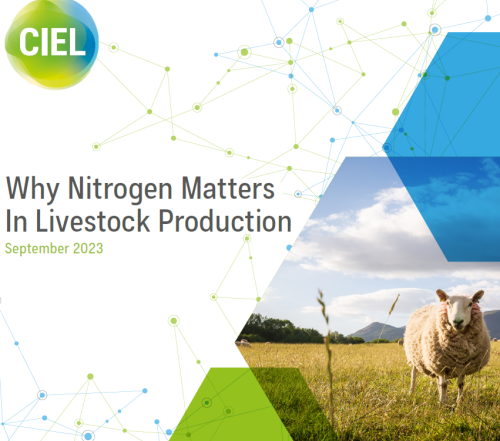CIEL | Mixing and matching sees farmer through dry conditions
Rhys Jones has built resilience into his farming system by adhering to the core principles of rotational grazing, growing a mixture of crops and diverse swards, and focussing on easy-care sheep and beef breeds which perform well on grass and forage.
Farming at Lower Coedylade near Welshpool, he’s found this approach helped see him through this summer’s drought, and has enabled him to cut around £12,000/annum from concentrate and fertiliser costs.
Having moved away from set-stocking which ‘didn’t achieve a clean graze’, introduced strip grazing and later moved on to creating paddocks, he now has better utilisation and year-round growth.
This means that as the calves from his 50 Stabilisers are weaned next month, the cows will go on to covers of 2,500kg DM/ha, graze one acre (0.4ha) each day, and leave a residual of 1,500kg DM/ha.
Sheep meanwhile will be out for tupping, mostly on to a 4ha (10 acre) spring-sown herbal ley, to boost intakes.
But earlier in the season the farm’s grass swards were not so productive and, after a heavy first cut off 24ha (60 acres), only 8ha (19 acres) of a poor second cut silage could be taken.
“We’d sown a mixed crop of spring barley and peas for wholecrop, and that really saved our bacon this summer and means we have plenty of forage in stock,” he says.
Sacrificing a field of hay to grazing during August also gave the grazing platform a two-week break and provided a useful lesson in the recovery of heavy covers.
“I’ve never put stock on to a 4,000kg DM/ha cover before but they did quite a good job of tidying it up and when we grazed it again in mid-October, the regrowth was fantastic,” he says.
Other supplements to the grazing platform include stubble turnips, legume-rich swards and a crop of mustard for use next month for flushing some of the 500 Romney-cross ewes.
“The Romneys are definitely a forage-based animal,” he says. “We used to have Rouges, Charollais and Texels but that was before we knew about rotational grazing.”
Taking part in GrassCheckGB has accelerated his knowledge of grassland management, helped him identify and improve under-performing paddocks and enabled lambs to be finished and ewes to be kept, year-round, without concentrate feeding.
“Lambing percentage has declined, but we are finding ways to build that back up and the cost savings are huge when the system works,” he says.
On a farm comprising 133ha (329 acres) and including some hill grazing, he says this winter he will close his grazing platform for 130 days over winter for a good start next spring.
“The winter reset acts as a break and means we can go into high covers at lambing,” he says. This should lead on to growth rates in grass-finished lambs which are typically around 400g/day, although dropped in this year’s drought








